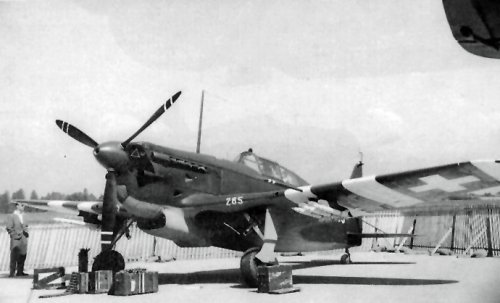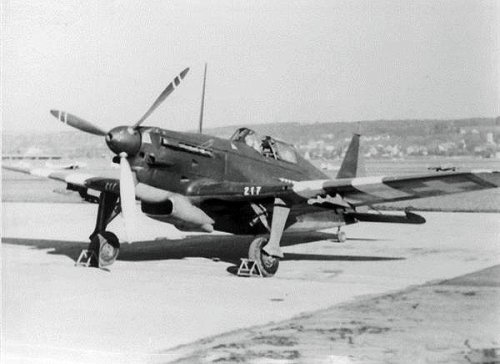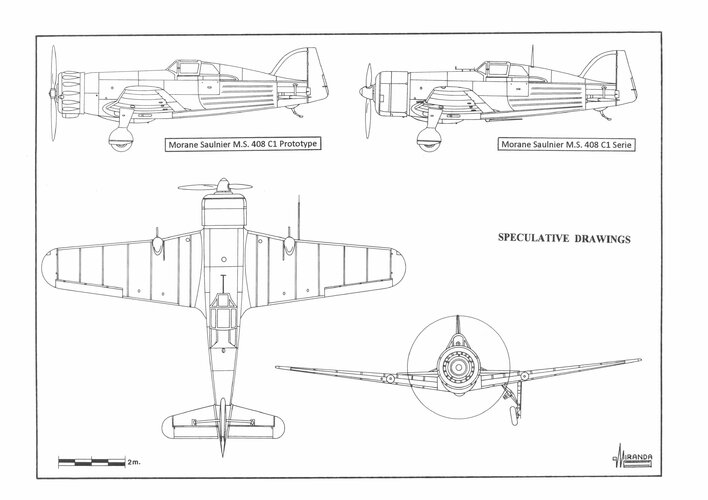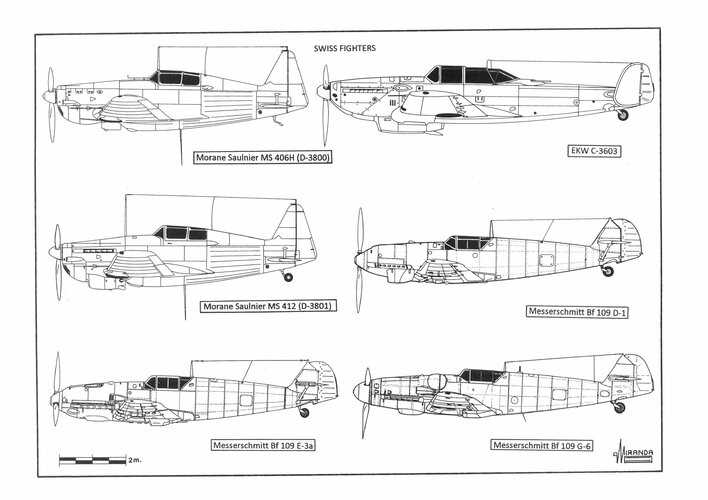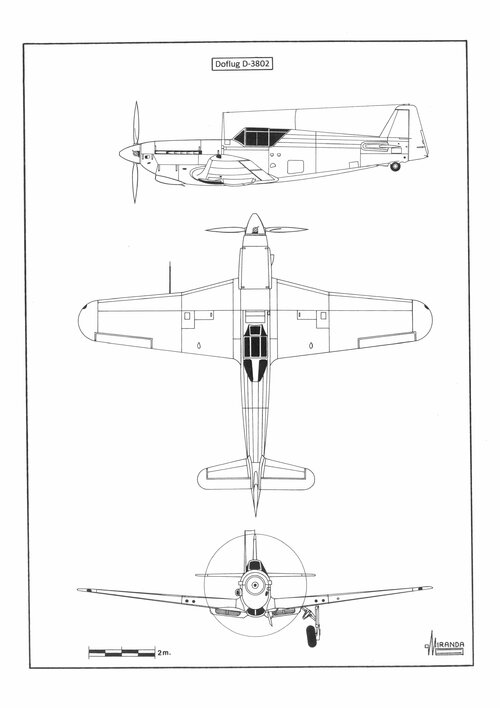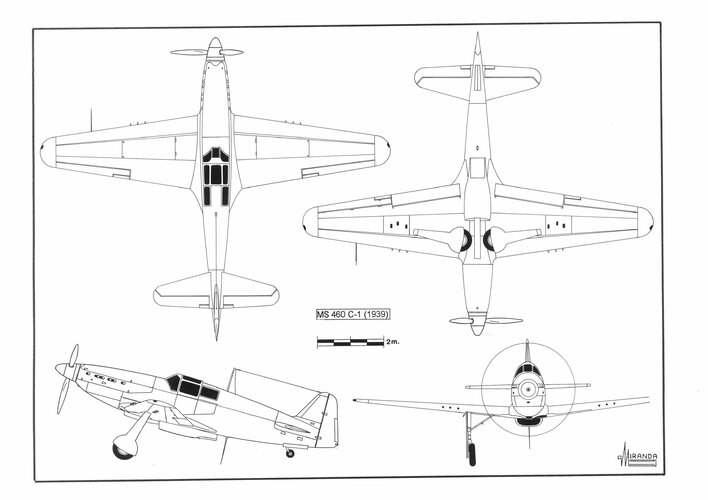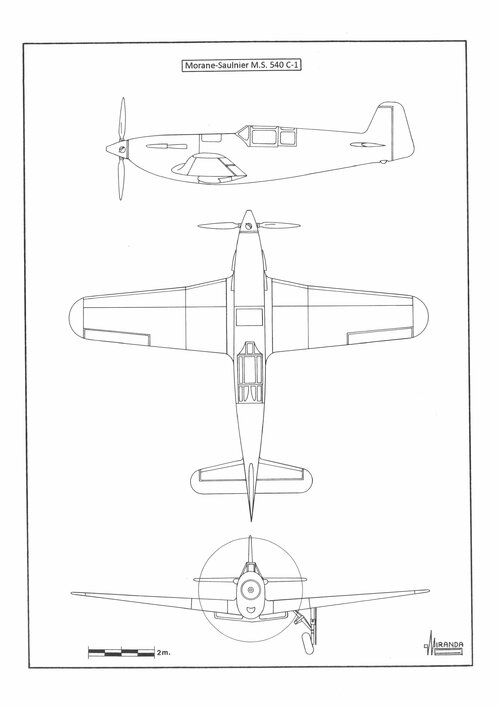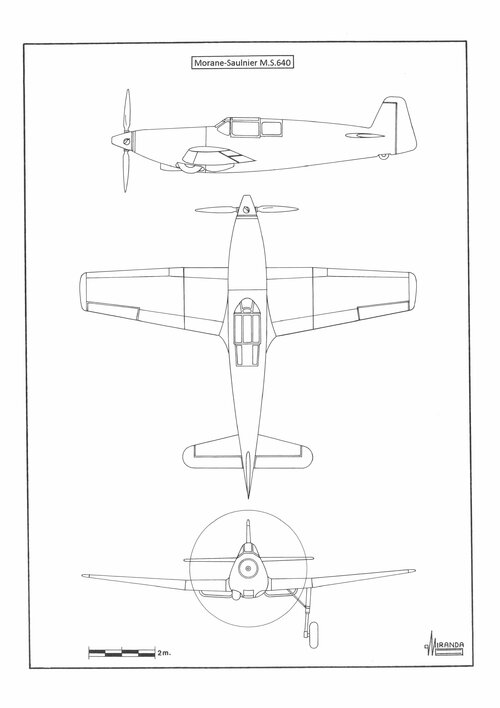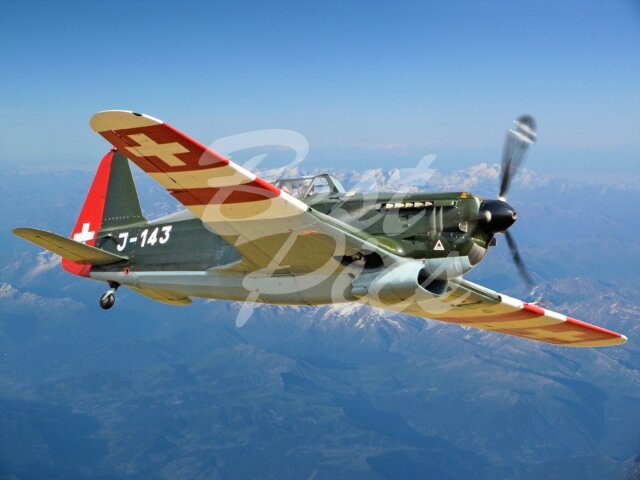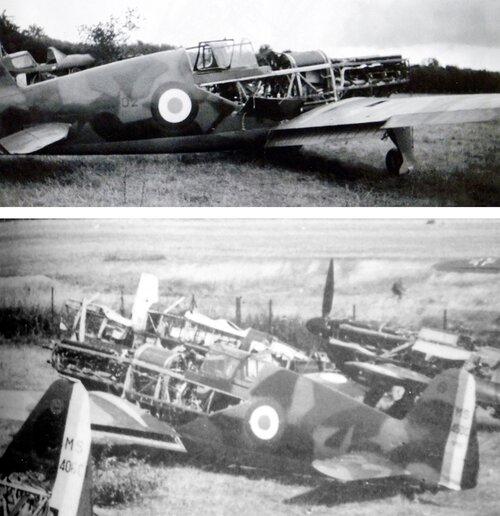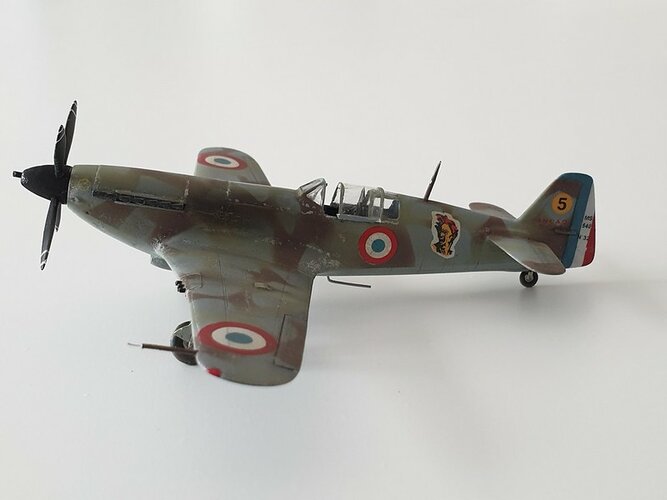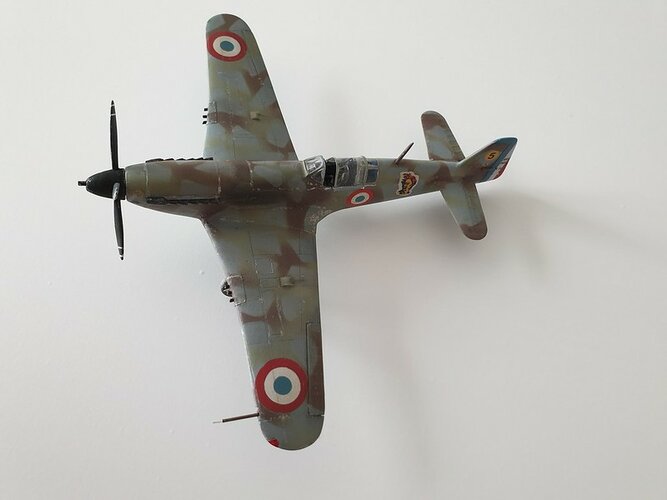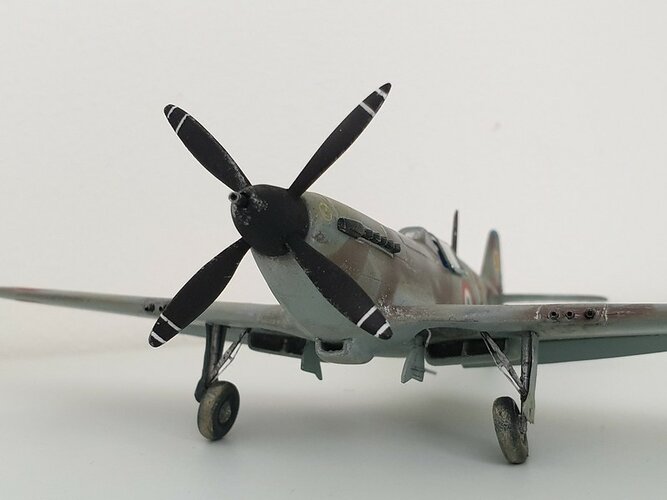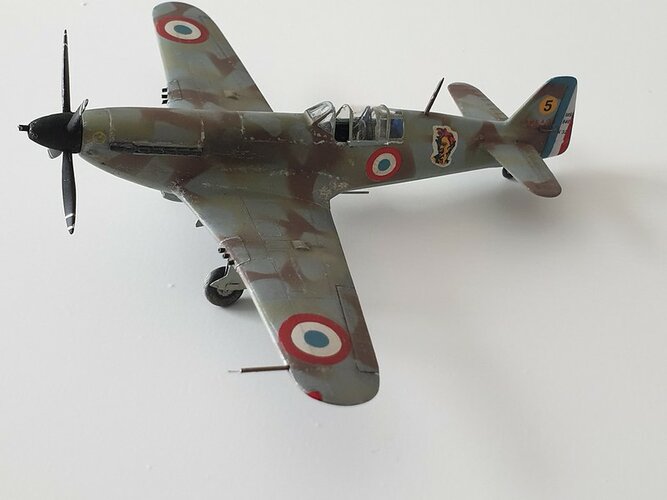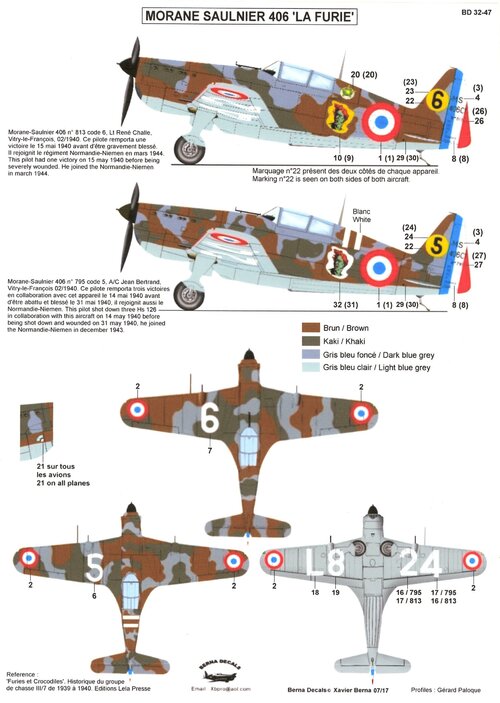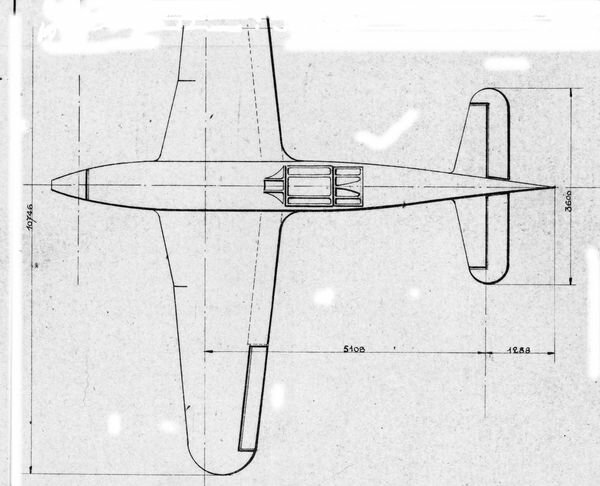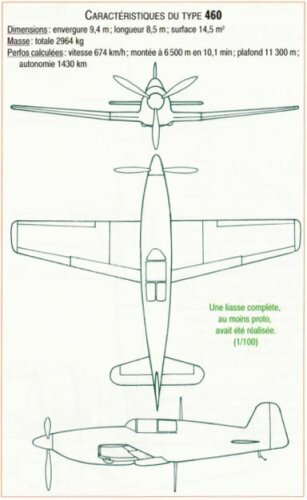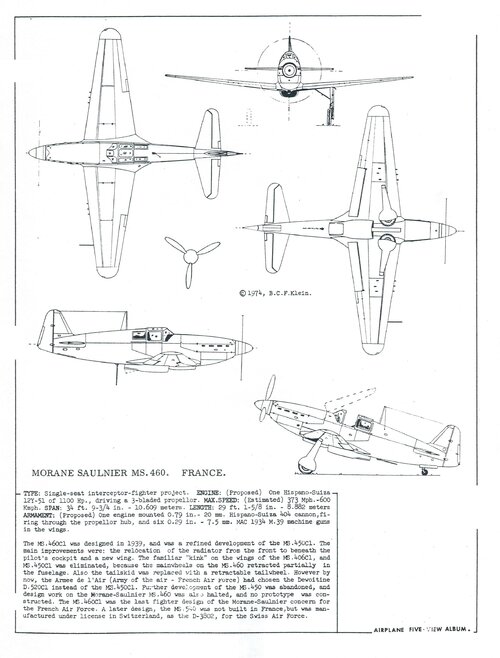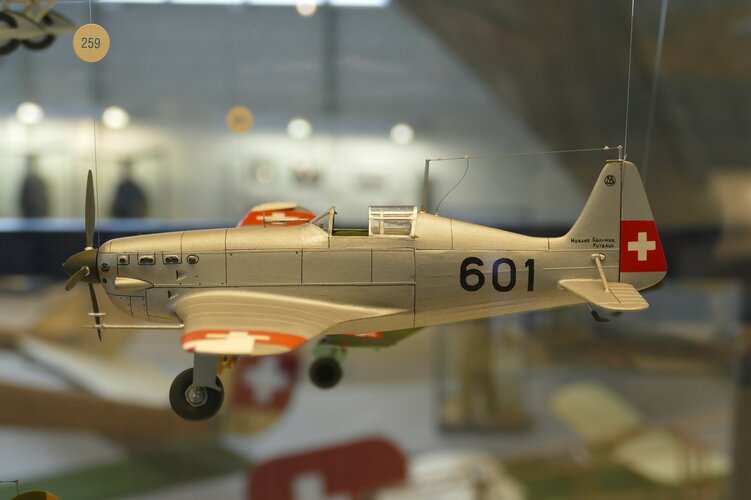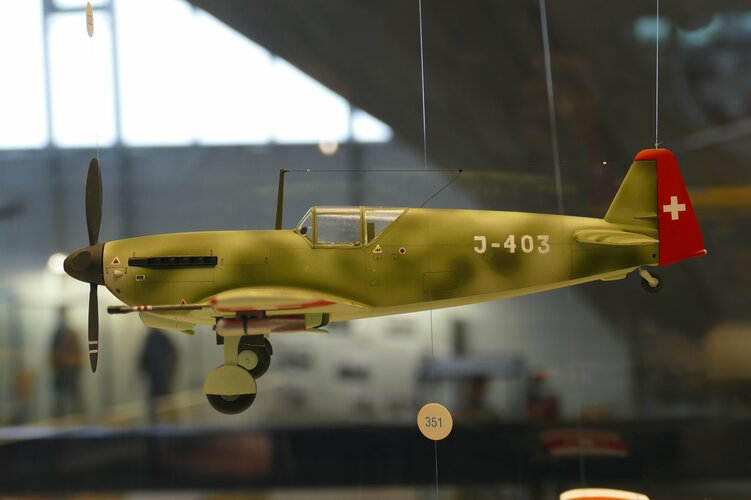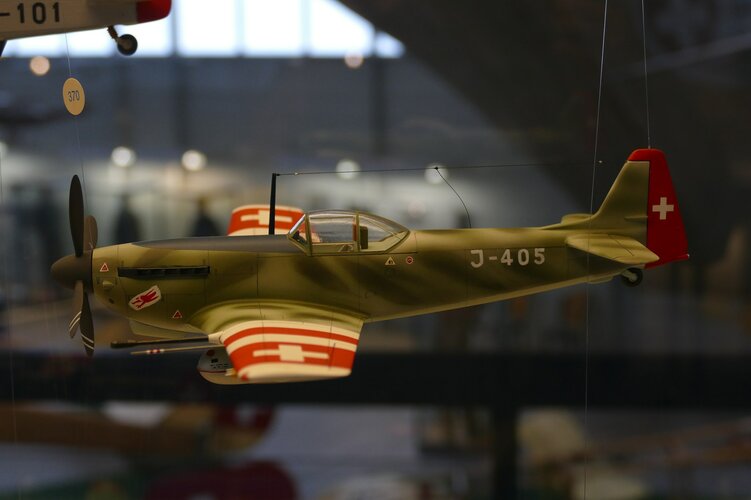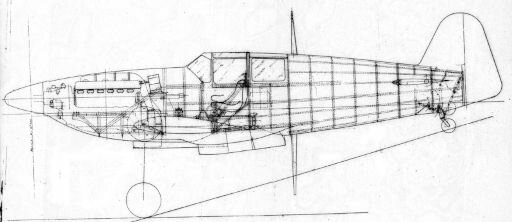Most interesting development of Morane 406 , imho , were MS-640 and swiss development of MS-540 .

Switzerland (6 May 1940 to 4 February 1945)
Following the Munich Agreement, in September 1938, Switzerland acquired ten Messerschmitt Bf 109 D-1 and eighty Bf 109 E-3 fighters. The first five D-1 aircraft were delivered by mid-December 1938 and the other five a month later. Everyone was armed only with a pair of 7.45 mm MG 29 machine guns fitted in the front fuselage.
On 30 April, thirty Bf 109 E-3 were delivered, followed by fifty units more on 31 August. Also in September 1938, Switzerland acquired the manufacturing license of the Morane-Saulnier M.S.406, together with two full aircraft. The export version, M.S.406H, kept the M.S.405 wings and the engine H.S.12 Y-31. It was armed with only two drum-fed MAC 34 machine guns because the French did not want to share the technology of the 20 mm H.S. 404 cannon.
Between 1940 and 1942, the State factory F+W-Emmen built a series of seventy-four fighters known as D-3800. The Swiss version of the M.S.406 was powered by an 860 hp H.S.12 Y-77 engine, licence-built by Adolph Saurer AG, driving an Escher-Wyss EW V-3 controllable pitch propeller. The armament, built by
Waffenfabrik Bern, consisted of a 20 mm Oerlikon FM-K cannon and two 7.5 mm Furrer Fl.Mg.29 belt-fed machine guns. The D-3800 came into service at the beginning of 1940, with a SE-013 R/T device and Draeger oxygen equipment.
Three days before the invasion of Poland, the Swiss Air Force was mobilized with fifty-eight Dewoitine D-27 C.1 (312 kph), ten Messerschmitt Bf 109 D-1 (470 kph), thirty Bf 109 E-3 (570 kph) fighters and hundred-and-twenty-seven observation aircraft of the type Fokker C.V and EKW C-35. When the Germans began their assault to the West, on 10 May 1940, the Swiss Air Force had thirty-six D-3800 and the number of Bf 109 E-3 already amounted to seventy-eight. In May and June, the Swiss airspace was violated 3 times by the French, 10 times by the Italians and 233 times by the Germans.
The Swiss fighters entered combat for the first time on 16 May. Between that date and 4 February 1945, they managed to shoot down one Dornier Do 17, five Heinkel He 111, six Messerschmitt Bf 110, two Avro Lancaster, one Boeing B-17, one Dornier Do 217, two Consolidated B-24, one De Havilland Mosquito, one Fiat R.S.14, two Republic P-47 and one Junkers Ju 52/3m. They also faced 6,501 violations of airspace during which 198 aircraft were interned and 56 crashed.
In combat, the Bf 109 E-3 were superior in speed and manoeuvrability to the Bf 110 C of the Luftwaffe that were frequently forced to use the tactic
Abwehrkreiss (Defence Circle). In April 1944 the Germans yielded twelve Bf 109 G-6 to the Swiss Air Force, in exchange for the destruction of the electronic equipment of an interned Bf 110 G-4 night fighter.
In 1942 the EKW C-35 began to be replaced by the new EKW C-3603 (470 kph) heavy fighter. Its main purpose was to patrol the border violations of Swiss neutrality to force the intruders landing for internment. A night fighter squadron was formed in 1944.
A total of hundred-and-fifty-two C-3603 were manufactured between 1942 and 1944.
German hostility forced the Swiss to depend on fighters of their own manufacture. In 1939 Saurer began the manufacture under license of the 1,020 hp H.S.12 Y-51 French engine to improve the performances of the D-3800. Between October 1939 and December 1942, the companies Doflug-Altenrhein and SWS-Schlieren manufactured 207 units of the improved version D-3801. According to some sources, it was the Swiss version of the Morane-Saulnier M.S.412 C-1.
The new fighter was 33 kph faster and was equipped with armoured windshield and dorsal plate, SE-012 R/T device and Swiss Munerelle Agm 40 oxygen equipment. At the end of 1943 the Swiss Air Force had eleven
Flieger Kompagnien equipped with D-3800 and D-3801 fighters. After the June 1940 armistice the French continued improving the Morane fighters and their engines in Switzerland and Spain.
At the beginning of 1943 the drawings of M.S.460 C.1 (1939), M.S.540 C.1 (1941) and M.S.640 C.1 (1940) fighter projects and of the H.S.12 Z-17 experimental engine, were delivered to the Swiss by Morane-Saulnier personnel that collaborated with Dr. Studer, chief engineer of Doflug, in the design of the D-3802 (640 kph) the Swiss version of the M.S.540. Possibly also included were parts of the M.S.450 prototype for the study of their manufacturing techniques.
The D-3802 was powered by a 1,230 hp H.S.12Y-89 (Saurer YS-2) driving a four-bladed Escher-Wyss EW V-8 constant-speed propeller with reverse pitch. It conserved the wing structure of the D-3801 but with the Plymax, replaced with all-aluminium covering, glycol radiators under the wings, Fowler type flaps and variable-incidence tailplane. The armament consisted of one 20 mm. H.S. 404 T.I cannon and four 7.5 mm Fl.Mg.24 machine guns.
Four aircraft were manufactured in 1944, as prototypes of the production model D-3802A, the Swiss version of the M.S.550 with squared wingtips, bulged canopy and three H.S. 404 cannons. Only eleven copies were built between 1946 and 1950.
The D-3803, described as M.S. 560 by some authors, with modified dorsal fuselage, all-round visibility canopy and 1,430 hp Saurer YS-3 engine, was built as a prototype only in 1947. Its mass production was dismissed after the acquisition of hundred-and-thirty war-surplus P-51D Mustangs.
Bibliography
Books
Green, W.,
Warplanes of the Second World War, Fighters, Volume One, (MacDonald 1960)
Publications
Guttman, J., “Switzerland’s two-seater soldiered through World War II”,
Aviation History, July 1998.
Gunti, P., “Morane Sur l’Helvetie”,
IPMS Schweiz magazine, Xe Anniversaire issue.
Gaudet, E., “A Dream Come true”,
Aeroplane, June 2002.
Gunti, P., “Alpine Avenger”,
Air/Enthusiast Forty-Seven.
Gunti, P., “Neutral Warriors”,
Air/Enthusiast Forty-Three.
Théroz, J., “Bataille au dessus des Alpes”,
Le Fanatique de l’Aviation nº 36.
Meister, J., “The Swiss Battle of Britain”,
World War Investigator, July 1988.
Moulin, J., “Un project de chasseur Morane-Saulnier M.S. 640”,
l’Aérophile 2010.
Moulin, J., “Un project de chasseur Morane-Saulnier M.S. 540”,
l’Aérophile 2010.
Klein, B., “Morane-Saulnier M.S. 460”,
Airplanes Five-View Album, 1974.
Osche, P., “Swiss Bf 109”,
SAFO nº 49, January 1989.


